Commentary: What Washington won't admit about nuclear dominance
Published in Op Eds
Once, the United States was an uncontested superpower capable of fielding a military more powerful and more advanced than any other. No longer. Instead, a rival has emerged that poses a serious and credible threat to America and its allies.
Today, China boasts revisionist intentions evident through its buildup of the world’s largest navy and its aggressive maritime behavior toward its neighbors — and American partners — the Philippines, Taiwan, and Vietnam. China relentlessly challenges Taiwan’s security, and it continues to modernize and militarize at a pace unseen since the height of the Cold War.
Meanwhile, China increasingly challenges the United States, putting it at risk of becoming a second- or even third-tier nuclear power.
The longer this fact is ignored, the more perilous the situation becomes. American strategic deterrence is in crisis – a fact highlighted in “Breathtaking: China’s Race to Nuclear Dominance,” a Heritage Foundation documentary that interviews elected officials, former senior policymakers, and senior military commanders to explain the grave reality in clear, accessible terms.
It begins by providing viewers with the necessary historical context. How did the United States reach such a dire point? And how did China, our greatest adversary, gain such power?
To those questions, Sen. Deb Fischer, R-Neb., provides a simple answer: America was complacent.
After the Cold War, Americans fell for the fallacy that Russia was contained and that liberal democracy would inevitably prevail across the globe. Of course, that isn’t how things turned out.
As Rebeccah Heinrichs, a senior fellow at the Hudson Institute, explains, American focus shifted largely to extremist groups following 9/11, making Middle Eastern terror groups the focus of the U.S. national security establishment. The United States underestimated the possibility of another cold war, much less one with a nuclear-armed, revisionist, and authoritarian China.
Now, the U.S. faces the consequences of its misdirected focus and two decades of complacency.
Through a lack of foresight, the federal government allowed for the mass dismantlement of the U.S. nuclear arsenal, which is now roughly 85 percent less than what we fielded at the height of the Cold War. Worse still, the arsenal that remains is vastly outdated: the newest warhead is over 35 years old.
In 1991, the U.S. removed its nuclear forces from South Korea, and during the Obama administration, we retired the Pacific theater submarine-launched nuclear Tomahawk missile. For three and half decades, the United States has underinvested, and the consequences are clear: depleted national defense.
Compare this to China, which has tripled its nuclear arsenal over the past five years. By 2030, it’s expected to field over 1,000 warheads, says Robert Joseph, former Under Secretary of State.
Yet quantity isn’t the only disparity between the U.S. and China arsenals. According to Robert Peters, a senior research fellow at Heritage, diversity within the arsenal is just as critical.
There are two types of nuclear weapons, strategic and tactical. The former are the massive, city-destroying weapons that people often think of. The latter have less explosive power and are designed for use on smaller targets like a single aircraft carrier or military base.
Tactical weapons give a nation the ability to respond to limited strikes with low-yield nuclear weapons that are comparable to strategic weapons – but far less destructive. Thus, an arsenal that combines both strategic and tactical weapons offers far more options in terms of scale of attack.
China’s arsenal includes a significant number of modern tactical nuclear weapons. In contrast, most American tactical weapons are deployed across Europe, and the rest are kept across the United States.
Currently, the U.S. is entering year 15 of its nuclear modernization program, and it has yet to build a single additional nuclear weapon. All the while, China consistently refuses to engage in any kind of arms control or even risk reduction talks with the United States.
This problem demands a solution. “Breathtaking” suggests several clear paths forward.
First, the U.S. must modernize its nuclear arsenal (which will, in turn, require a reformed and equipped defense industrial base).
Second, the U.S. must diversify its existing arsenal with an increased number of tactical nuclear warheads that can be deployed to the Western Pacific theater.
Third, the U.S. must prioritize the security of the homeland by developing a lethal air and missile defense system like that proposed by the administration’s Golden Dome for America plan.
By acting with urgency and tact, the U.S. can meet the challenge of China’s nuclear expansion and provide the security, peace, and prosperity the American people deserve.
_____
Wilson is a Senior Policy Advisor for defense budgeting at The Heritage Foundation.
_____
©2025 Tribune Content Agency, LLC.
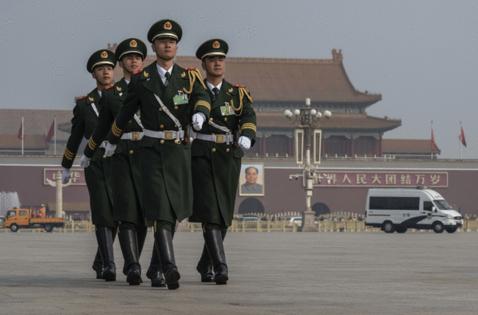


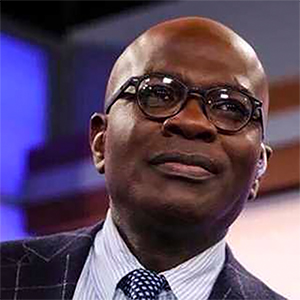



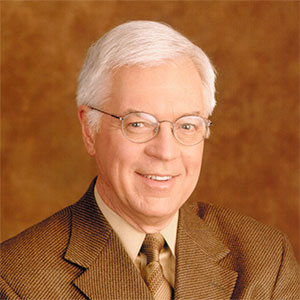

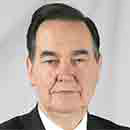

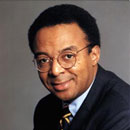







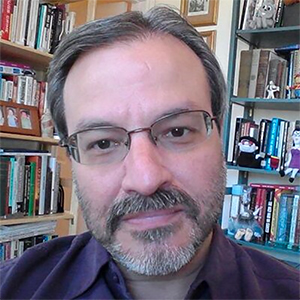



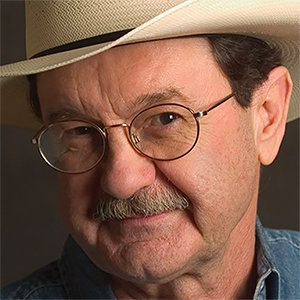









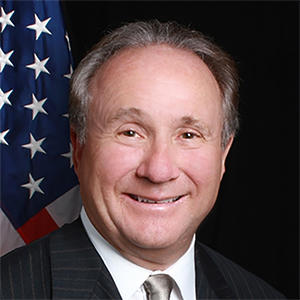

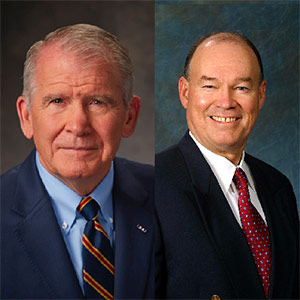



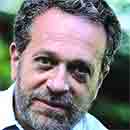
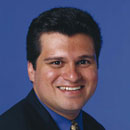













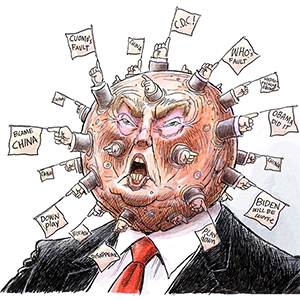
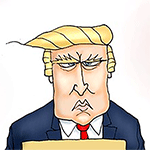
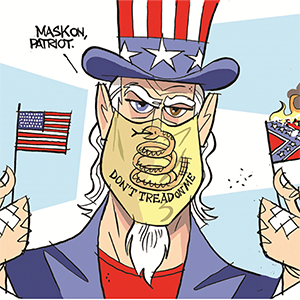
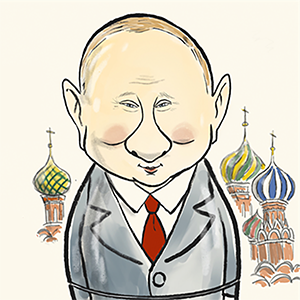

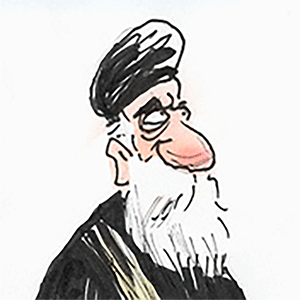
Comments